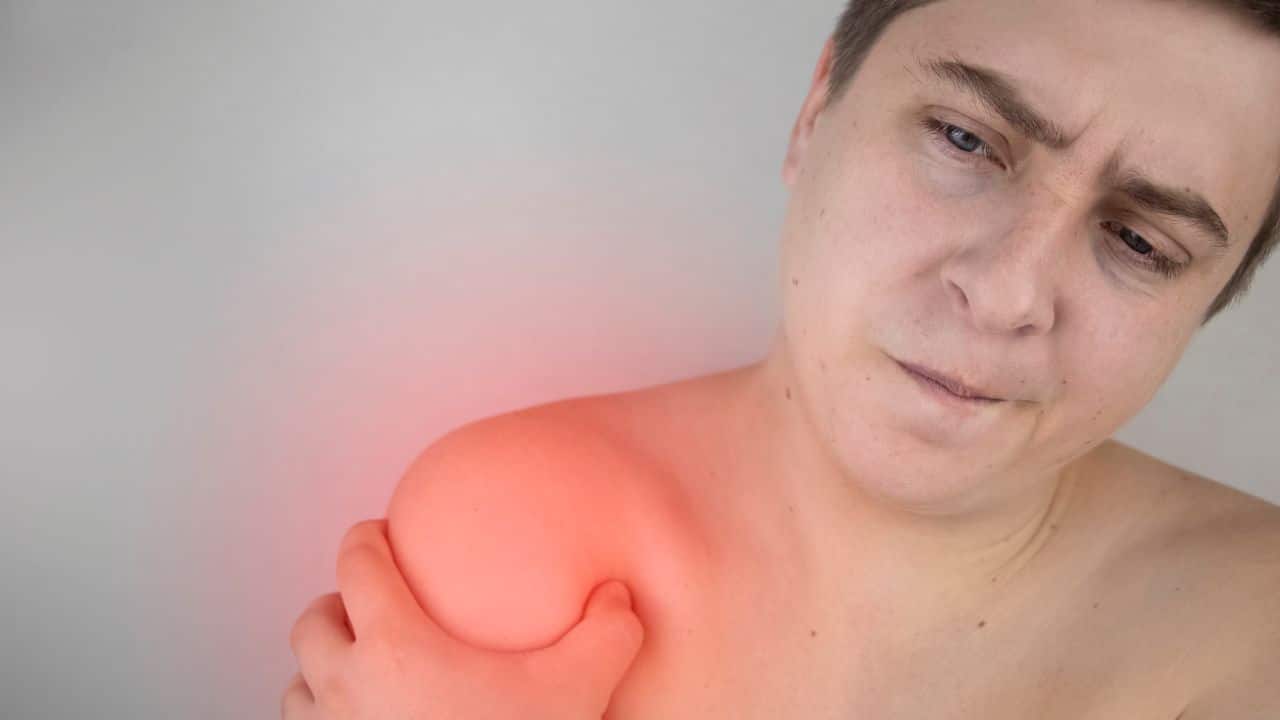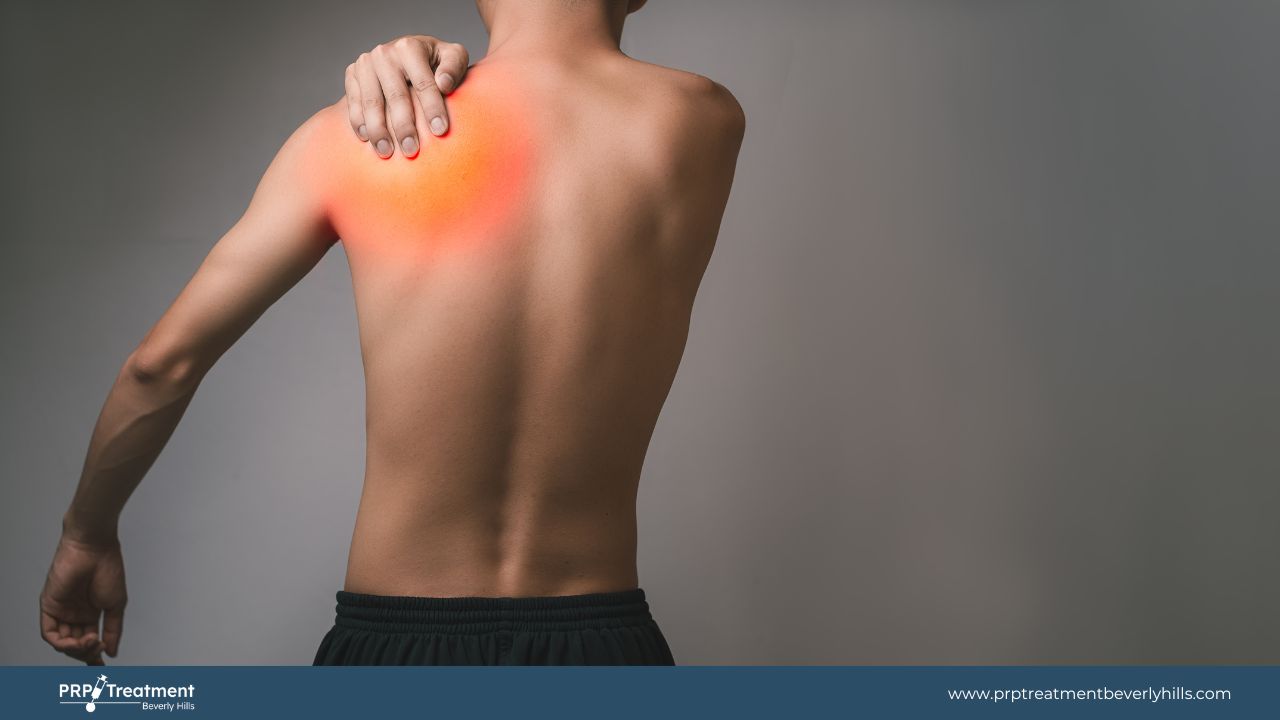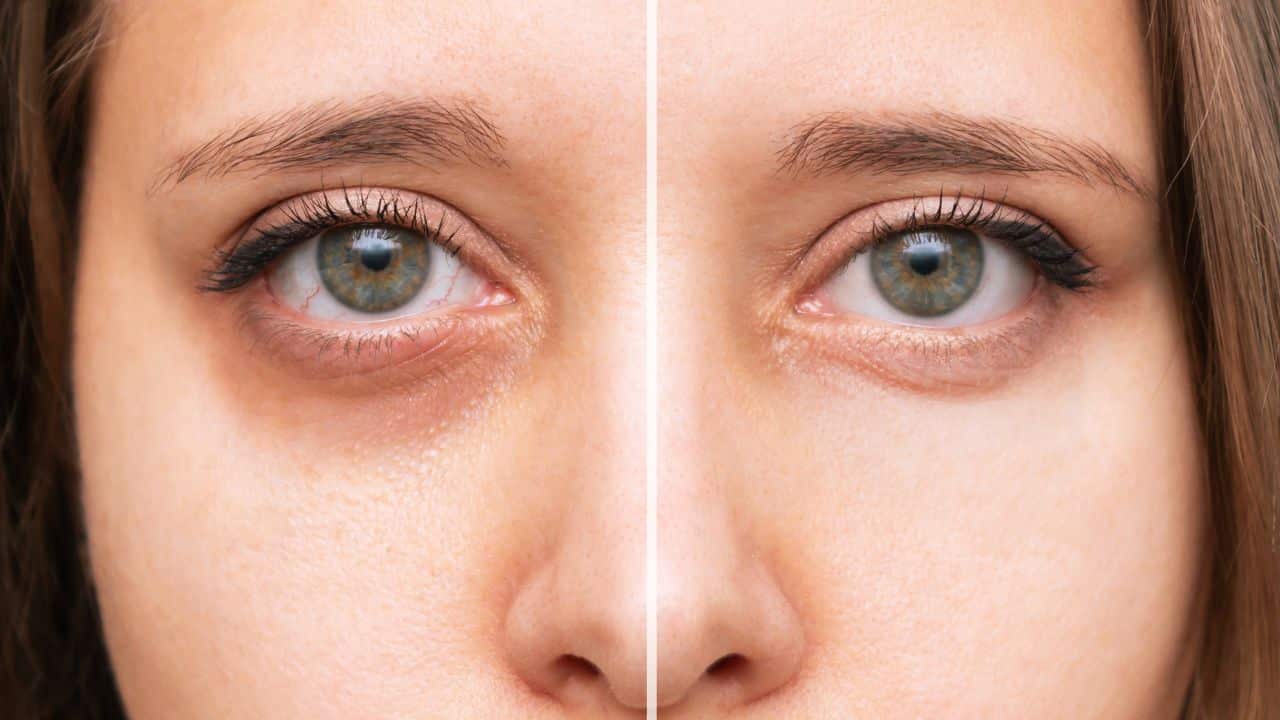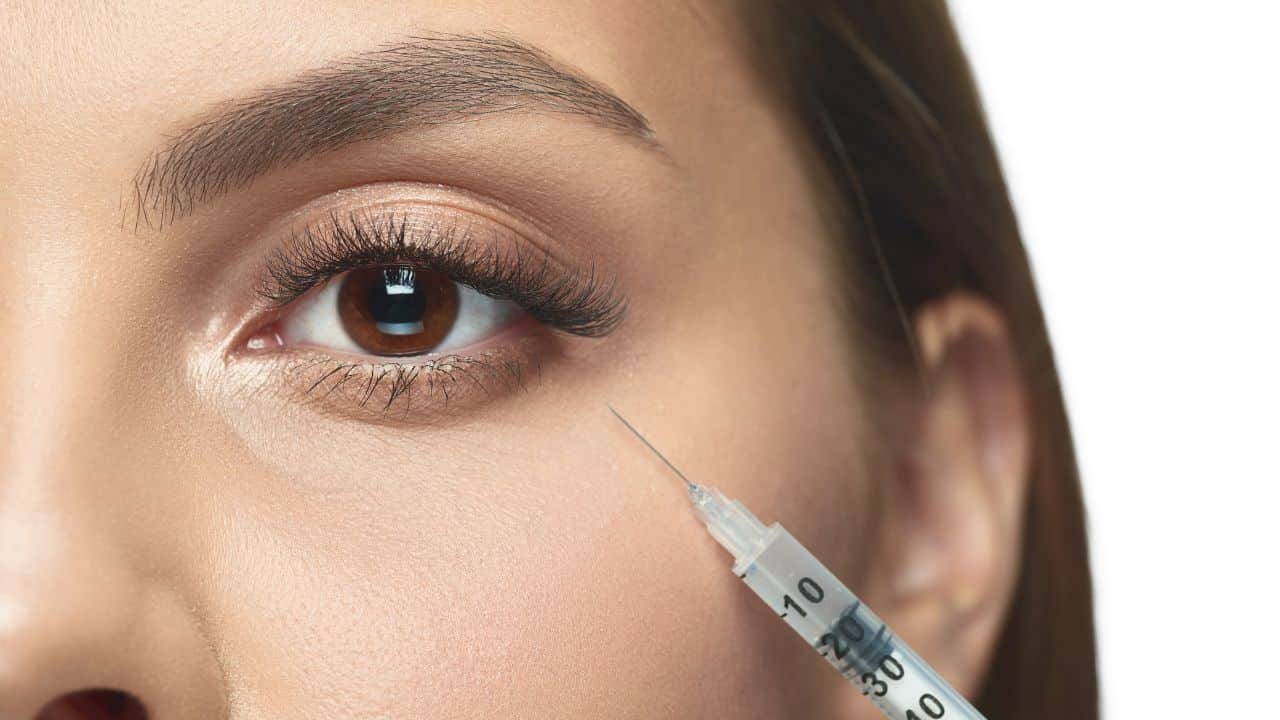Shoulder Tendonitis causes swelling and extreme pain in the shoulder area, which makes it difficult for patients to move their arms. Patients are leaning more toward non-surgical operations like PRP injection than surgical operations for treating shoulder tendonitis.
Platelet-rich plasma, or PRP, uses your blood cells to heal the shoulder inflammation known as shoulder tendonitis. It helps to stimulate tissue regeneration by injecting plasma in targeted areas through three PRP injections.
What are its benefits? Does it work? Is it safe to use PRP Injection For Shoulder Tendonitis? I will answer these questions and give a complete overview of its functionality in this article. Stay with me till the end for a comprehensive understanding.
PRP And Shoulder Tendonitis: What Are They?
PRP is a short platelet-rich plasma called autologous conditioned plasma that acts as a growth factor.
Also, a concentration of platelets created from your blood repairs damaged tissue. Plasma in our blood is in liquid form, and platelets are in solid form; thus, it helps in clotting the blood. This helps in healing any injury you get.
Biceps tendon irritation in the shoulder is referred to as shoulder tendonitis. The muscles and tendons of your shoulder joint attach your upper arm to your clavicle. However, tendinitis is an unpleasant illness that affects tendons and is brought on by hypermobility, pressure, excitability, and defective mechanics.
How does PRP Accelerate The Healing of Tendonitis?
When we get an injury somewhere, our body immediately sends platelets to the injured area, which is a normal process.
Platelets can fix the wound by delivering a healing substance to the injury site where tissue has been damaged. Tendons have less blood supply than other areas of the body, such as skin or bone tissue, and therefore cannot heal quickly.
Plasma injection enhances the plasma concentration in the tendon and expedites the healing process.
What is the procedure for PRP injection in shoulder tendinitis treatment?
Here, you will get a brief idea about the entire procedures of PRP injections for tendonitis :
- Blood collection: The blood sample collector will take 20-50 mm of blood from the patient and then send it for a blood test.
- Platelet separation with centrifuge device: The blood is spun at high speed in a centrifuge device that separates the liquid and solid parts of the blood. This process separates red blood cells, white blood cells, plasma, and platelets.
- Collet platelets in the syringe: Platelets-rich plasma contains 1,000,000 platelets per ml which are 5 times more concentrated than our blood, which comes with 200,000 per ml. The doctor will collect around 5 ml of Platelets rich plasma in a syringe.
- Give anesthesia to the patient: Before the injection, the doctor gives anesthesia to make the process comfortable. Local anesthetics can disrupt the healing potential of the PRP preparation, so doctors avoid it.
- Inject platelets in the inflamed area: At the last step, the doctor pushes the syringe into the inflamed area of the patient. This part is an ultrasound-guided process where the ultrasound helps to pinpoint the exact swelling site.
What type of aftercare is necessary for the PRP procedure for tendonitis?
Since the doctor uses anesthetic drugs during the treatment, you will not feel any pain right after the operation.
However, you feel pain later as the operating area of the shoulder is swollen. You need to maintain a few precautions.
- Take any OTC pain reliever like Tylenol. It can relieve pain.
- After a few days of bed rest, you should resume your normal activities.
- Your body needs movement, so that you can try some light physical exercise.
Some things you should refrain from doing after the post-operation are:
- For the first 72 hours after the operation, avoid applying ice or heat to the treated area.
- You should not shower for the first few days.
- Strictly avoid all types of alcoholic beverages.
Is there any possibility of PRP treatment failure for tendonitis?
Although this treatment is very effective, there remains some chance of accidental failure. However, treatment may be failed for any or all of the following reasons:
- PRP injections cannot be generalized to all patients: As age increases, the potency of the platelets of the blood decreases, so it is necessary to inject a high concentration PRP for older adults. In this case, doctors cannot use the prop injection type for patients of all ages.
- Inexperienced in using technology: PRP treatment of tendinitis by an amateur doctor can lead to complications or incorrect treatment.
- Not using ultrasound as guidance: Prop injections for shoulder treatment are performed using ultrasound as guidance. Experts use ultrasound or fluoroscopy to ensure the platelets reach the exact location.

How many steps to go through for shoulder tendonitis recovery using PRP?
Tendon pain relief from PRP injections takes time and usually goes through 3 phases. It might significantly extend the recovery period in individuals who require PRP in multiple tendons.
- The first step is inflammation reduction, which takes 1 to 2 weeks after PRP injection to reduce the inflammation.
- In the 2nd phase of this treatment, newly dis-structured tissue is placed over the inflamed area last.
- It takes six weeks to 6 months for new tissue to restructure. Thus complete recovery after the 3rd phase is completed.
What are the side effects of this treatment?

Though this treatment has many beneficial effects, it has some side effects too. Those side effects are:
- Pain in the injected area: After PRP therapy, you may feel pain in the operated area. The pain may be moderate to severe, depending on the patient.
- No improvement in the injected area: If you are an athlete, then the PRP injections applied to the general patient will not be effective for you. Since you have already used several sports medicine on you, your blood platelet count will be higher than the PRP. So it won’t work for you.
- Allergic reaction: You may face some allergic reactions in the operated area. Because many patients reject the serum which is applied to them.
- Blood clot: The risk of vein injury increases when the PRP is given. As a result, blood gets clotted in that area.
- Chance of skin blemish: As a side effect of the PRP injection, dark spots are often seen in the treated area.
FAQs
Is PRP treatment for shoulder tendonitis Affordable?
PRP injections are costly for the treatment of shoulder tendonitis. The cost of one PRP injection is from around 500 dollars to 200 dollars. This way, 3 has to be pushed for injection, so it costs a lot.
How many PRP injections are needed to recover shoulder tendinitis?
You will need three PRP injections to complete the process and heal the tendonitis. But you may notice the improvement after the first two injections and feel a lot of comfort. After the 3rd injection, there will be a continuous improvement within six months, and the progress will be visible.
How long does it require for PRP to affect tendonitis?
It takes at least four weeks for prop injections to heal tendonitis. Since tissue disorganization to reorganization takes time, it takes some time to work. That is why patients can notice improvement within four weeks.
Is PRP injection able to recover shoulder bursitis?
An irritation or inflammation in the fluid-filled sac is known as shoulder bursitis, which can result in discomfort, redness, and stiffness in the shoulder. PRP injections improve joint inflammation by enhancing the natural healing of your blood. It increases the concentration of platelets in your damaged ligaments, tendons, and muscles resulting in tissue repair.
Conclusion
PRP Injection For Shoulder Tendonitis is a non-surgical procedure with minimal patient risk or complications. It is a very effective treatment, and many opt for PRP injections instead of surgical procedures due to post-operative pain.
With most patients seeing benefits in just four weeks, this significantly enhances patients’ outcomes. Although there are side effects in specific criteria, this treatment is much more acceptable as the benefits are high.





